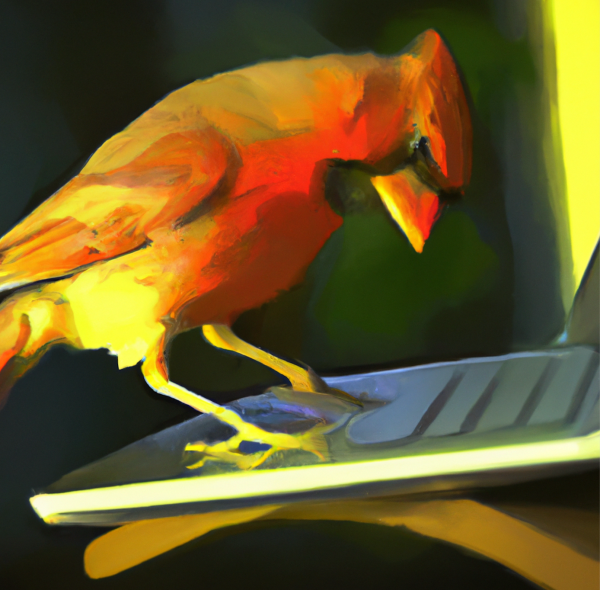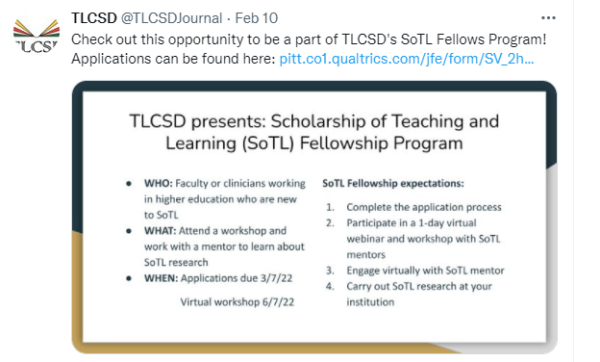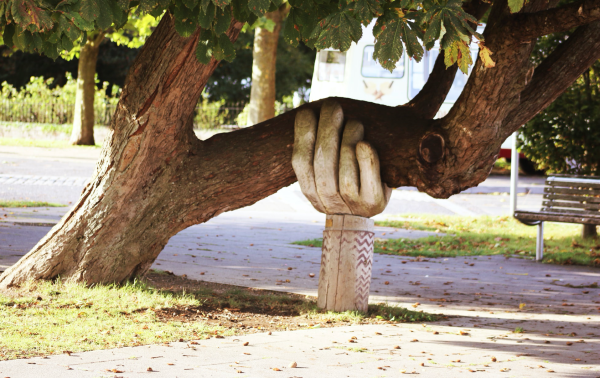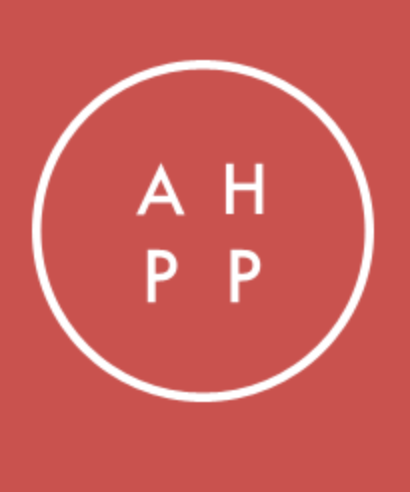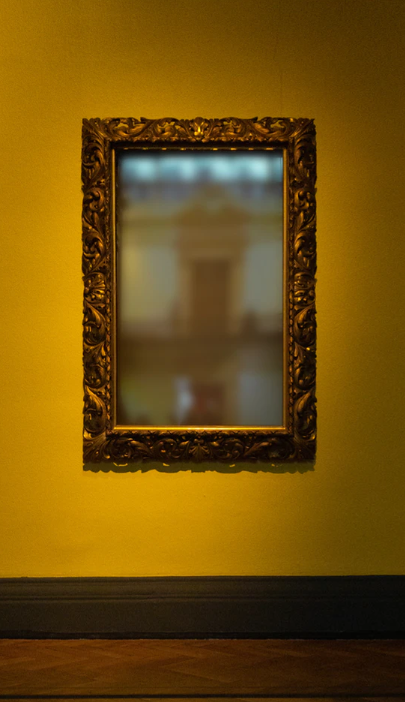Written by Jennifer Friberg, Director of Scholarly Teaching, Cross Endowed Chair in SoTL, and professor of communication sciences and disorders at Illinois State University (jfribe@ilstu.edu) I've had the good fortune to attend two conferences in the last week: the SoTL Summit (hosted by Kennesaw State University) and Teaching and Learning with AI (hosted by the... Continue Reading →
A New Approach (for me!) to the “Intro to SoTL” Experience
Written by Jennifer Friberg, Director of Scholarly Teaching and Cross Endowed Chair in the Scholarship of Teaching and Learning for the Center for Integrated Professional Development and Professor of Communication Sciences and Disorders at Illinois State University (jfribe@ilstu.edu). I think one of the most challenging things to do as a SoTL-focused academic developer is to... Continue Reading →
A SoTL Fellows Program as a Form of Journal-Led Disciplinary Advocacy
Written by Jennifer Friberg, Interim Director for the Center for Teaching, Learning, and Technology, Cross Endowed Chair in the Scholarship of Teaching and Learning, and Professor of Communication Sciences and Disorders at Illinois State University (jfribe@ilstu.edu). Now in its sixth year in publication, Teaching and Learning in Communication Sciences & Disorders (TLCSD) is an open-access,... Continue Reading →
Jumping Back In!
Written by Jennifer Friberg, Interim Director for the Center for Teaching, Learning, and Technology, Cross Endowed Chair in the Scholarship of Teaching and Learning, and Professor of Communication Sciences and Disorders at Illinois State University (jfribe@ilstu.edu). (photo by Austin Neal: https://unsplash.com/photos/jB8WaHvHmoY) Hello, fellow SoTLists! It has been a while since my last post, but it's... Continue Reading →
Pedagogical Triage, Parallel Universities, and Leading with SoTL
Written by Jennifer Friberg, Cross Endowed Chair in the Scholarship of Teaching and Learning, and Professor of Communication Sciences and Disorders at Illinois State University (jfribe@ilstu.edu) Just the other day, I was trying to type the phrase "parallel universe" in an email to a friend and colleague. Instead, I typed "parallel university." That seems really... Continue Reading →
Upcoming SoTL Conferences – the Early 2020 Edition
Compiled by Jennifer Friberg, Cross Endowed Chair in the Scholarship of Teaching and Learning and Professor of Communication Sciences & Disorders at Illinois State University In looking towards opportunites for SoTLists to attend and potentially contribute to upcoming SoTL or SoTL-friendly conferences, the list below provides links, locations, dates, and timelines for calls for proposals... Continue Reading →
Special (and super interesting!) issue of Art History Pedagogy and Practice published
My friend and colleague from ISSOTL's Advocacy and Outreach committee, Virginia Spivey, is a co-founder of a peer-reviewed, open access e-journal titled Art History Pedagogy & Practice. This journal is devoted to scholarship of teaching and learning in art history. It is published by Art History Teaching Resources (AHTR), a peer-populated open educational resource, in partnership with... Continue Reading →
Reflecting on Reflection
Written by Jennifer Friberg, Cross Endowed Chair in SoTL and Professor of Communication Sciences & Disorders at Illinois State University I find it interesting that when I run across something in one part of my life, it often pops up in others. Perhaps it's an enhanced awareness of a topic that makes me more sensitive...or... Continue Reading →
Roadblocks, opportunities, and a call for blog contributors across three topics
Written by Jennifer Friberg, Cross Endowed Chair in SoTL and Professor of Communication Sciences & Disorders at Illinois State University In informal conversations with friends and colleagues, I've heard from many that writing a blog post is a scary proposition, for what are very understandable reasons. Authoring a blog is new to many, represents a... Continue Reading →
SoTL as Public Scholarship: Call for Chapter Proposals
Shared by: Nancy Chick & Jennifer Friberg, Project Editors Proposals due Dec 15, 2019 The ISSOTL19 conference theme, “SoTL Without Borders: Engaged Practices for Social Change,” was a field-changer that foregrounded intentional conversations that have only popped up here and there at previous conferences. It challenged some to view SoTL in new... Continue Reading →

